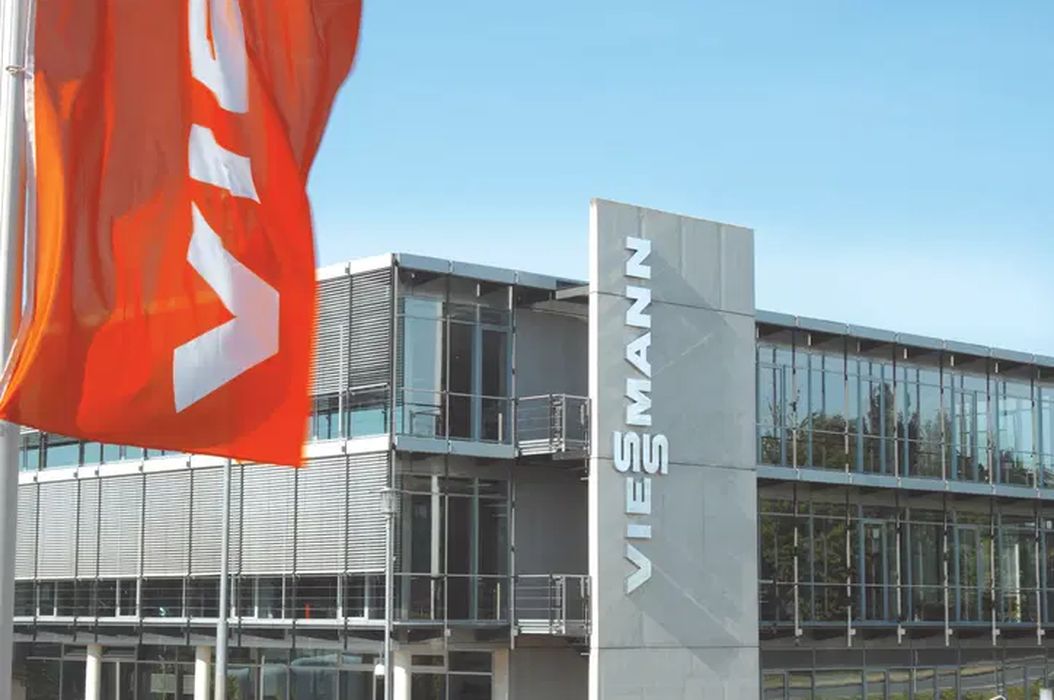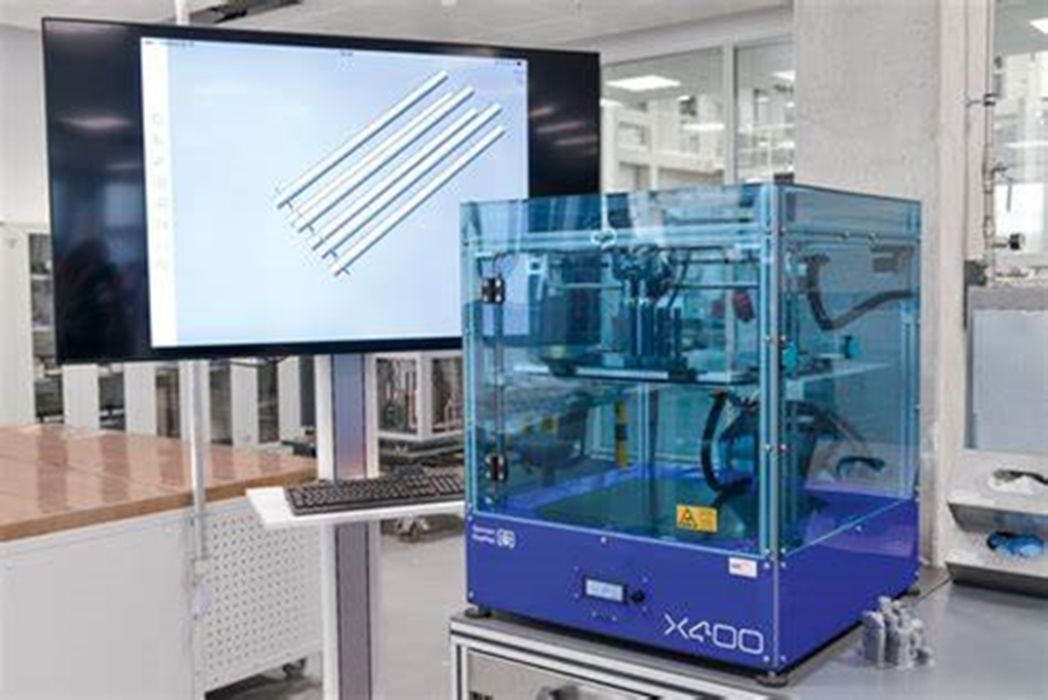
Charles R. Goulding and Preeti Sulibhavi examine an important corporate transaction.
On April 25th, 2023, Carrier Global announced its intent to acquire Germany’s Viessmann Corp for US$13B. This deal comes at the heels of Carrier’s binding agreement to acquire Toshiba’s variable refrigeration flow and commercial HVAC businesses for US$870M.
Carrier Global had sales of US$20.40B and had about 52,000 employees in 2022. Viessmann Group had sales of US$4.4B and employed 14,500 people in 2022. It is clear that this is a strategic acquisition, and we hope that 3D printing can impact this merger in a huge way.
Innovation and customization: 3D printing can enable greater innovation and customization, allowing for the creation of unique products and designs that may not be possible through traditional manufacturing methods. This could be beneficial for both Carrier Global Corp and Viessmann, as they could use 3D printing technology to develop new products and solutions that differentiate them from competitors. This could potentially impact the products and services offered by Carrier and Viessmann and may require a rethinking of their respective design and production models.
The Viessmann Group, which specializes in heat pumps, is being primed as a transformative addition to Carrier’s portfolio, as Carrier is looking to create more climate-friendly energy solutions as well as expand outside of the US. In the US, heat pumps are currently experiencing explosive sales growth in the US and Europe.

Max Viessmann, CEO of Viessmann, is quoted as saying:
“Our purpose is to create living spaces for generations to come. Carrier’s global reach, broad product portfolio, financial strength and shared commitment to sustainability will enable our Climate Solutions business to fully capitalize on our innovative, integrated solution offering and maximize our impact on Europe’s independent energy transition. Following the closing of the transaction, the Viessmann Group will remain committed as a significant, long-term shareowner of Carrier, reflecting our family’s high confidence in the superior value to be created by this combination. Joining Carrier’s Board of Directors will enable me to work directly with Dave, my fellow directors and the Carrier team to realize the substantial potential of the combination of two iconic and market-leading companies.”
Viessmann has provided HVAC expertise for a German 3D printed home project in 2020. The manufacturer supplied its high-efficiency Vitocal 200-S air/water heat pump and its Vitovent 300-W ventilation technology to a two-story, 160 m2 single-family home that was being built via 3D printing in the town of Beckum in North Rhine-Westphalia.
The Research & Development Tax Credit
The now permanent Research and Development (R&D) Tax Credit is available for companies developing new or improved products, processes and/or software.
3D printing can help boost a company’s R&D Tax Credits. Wages for technical employees creating, testing and revising 3D printed prototypes can be included as a percentage of eligible time spent for the R&D Tax Credit. Similarly, when used as a method of improving a process, time spent integrating 3D printing hardware and software counts as an eligible activity. Lastly, when used for modeling and preproduction, the costs of filaments consumed during the development process may also be recovered.
Whether it is used for creating and testing prototypes or for final production, 3D printing is a great indicator that R&D Credit eligible activities are taking place. Companies implementing this technology at any point should consider taking advantage of R&D Tax Credits.
Conclusion
The Carrier-Viessmann deal could be a tremendous opportunity for the 3D printing industry to make advancements in HVAC and refrigeration technologies. This deal could be a way to expand Viessmann’s 3D printing expertise and potentially bring it to scale.
